Spruce "Iseli fastigiata": description, planting, care and reproduction
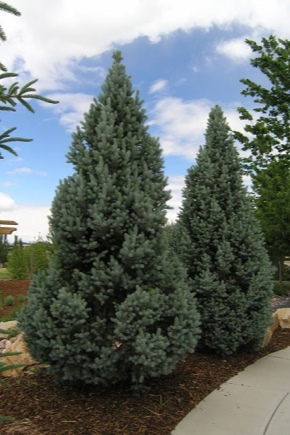
Spruce is the most famous representative of the Pine family. This genus of evergreen coniferous trees is found in Europe, Asia, North America, China. Today, about 50 types of spruce are known. But about 20 species of this tree are considered especially decorative. The prickly spruce "Isel Fastigiata" is one of the most widespread and popular varieties.
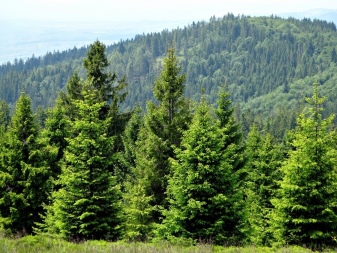
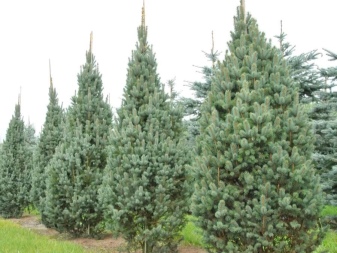
Origin
The natural habitat of thorny (or Colorado) spruces is North America. They are especially common in the Rocky Mountains and the surrounding area. Thorny spruce is a symbol of the American states of Utah and Colorado. It grows at an altitude of 1700-3000 m in mountain valleys, near rivers and streams on moist soil. These trees are characterized by hardiness and decorative light blue needles.

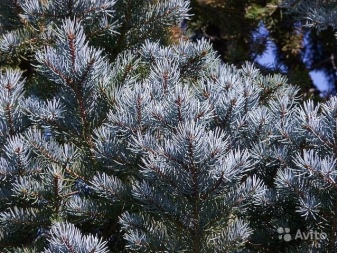
Breeding history
Around the middle of the 19th century, prickly spruces attracted the close attention of European breeders. In 1965, in the nursery of the American state of Oregon, founded by Jean Isely, as a result of a mutation, an unusual color of a spruce appeared. The specimen was selected by breeders for further work. Soon they got a new variety of prickly spruce, named after the owner of the nursery. The word “fastigiata” means “joining in a conical bundle”, it indicates the conical columnar shape of the tree.

External characteristic
In the description of this variety, it is noted that the spruce has a narrow conical crown. The first 6-7 years, the branches are not very symmetrical, since the lower ones grow more intensively than the upper ones. Over time, this asymmetry disappears.
Spruce "Iseli fastigiata" has a considerable annual growth - 20-30 cm. By the age of 10, the tree grows up to 3-4 meters, and with good care it can reach 10 meters in height.
The branches of this spruce grow upwards at a large angle. They look small and sturdy, quite densely arranged along a straight trunk. As a result, the crown of the Isel Fastigiata spruce is dense and compact, which saves the branches from injury during winter snowfalls. The needles are prickly, hard and short, they have a grayish-blue color, which looks very beautiful. This variety forms small, elongated cones that can stay on the tree for several years.
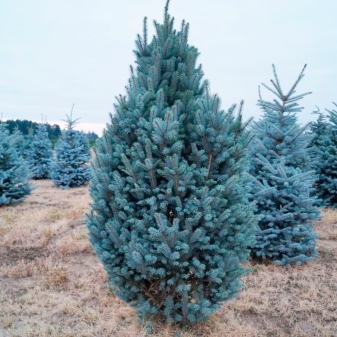
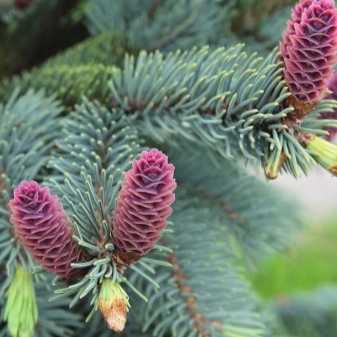
Optimal conditions
In order for the Isel Fastigiata spruce to grow successfully in the garden, the following recommendations of specialists must be observed.
- The soil. This variety needs fertile, fresh loamy or sandy loam soils. They should be acidic or slightly acidic, sufficiently moist and well-drained. "Iseli fastigiate" is not recommended overmoistening, overconsolidation and salinization of the soil. The earth should be loosened to a depth of 5 cm.

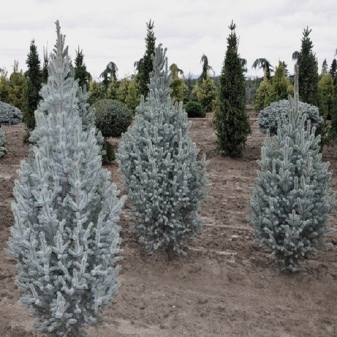
- Lighting. A light-loving variety that does not like any shading. In the shade, it quickly loses its decorative effect: the needles become dark, and the branches disintegrate.

- Watering. "Iseli fastigiata" is drought-resistant. If the weather is not very dry, then 1-2 weeks it can not be watered. Watering usually requires 12-15 liters of water. It is also recommended to occasionally spray the crown using the sprinkler method.
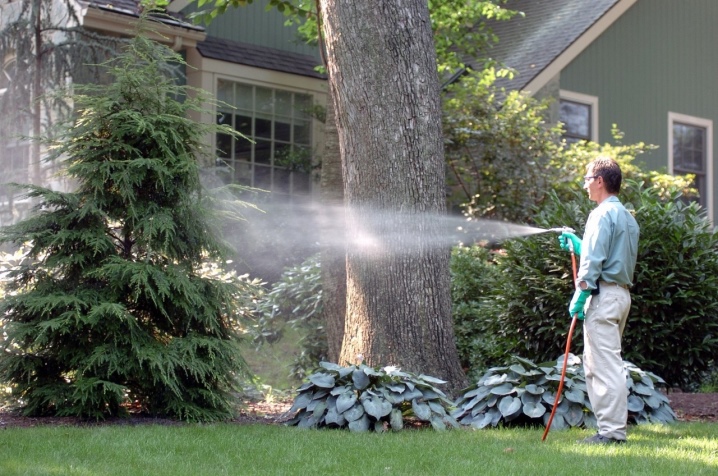
- Top dressing. Use growth stimulants carefully, otherwise the spruce will grow very much. In order not to overfeed the tree, apply special fertilizers for conifers no more than twice a season.
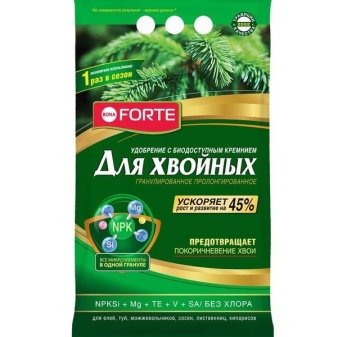
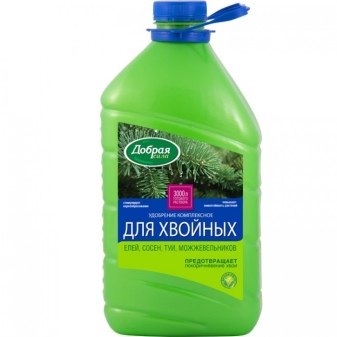
- Preparing for winter. Young seedlings in the fall need to be insulated with spruce branches. In the first 2 years after planting, the soil near the trunk should be mulched with cut grass or peat. This will protect the soil from freezing and enrich the soil with organic matter. Mature trees do not need winter protection. Their branches are well tolerated by any snowfall.
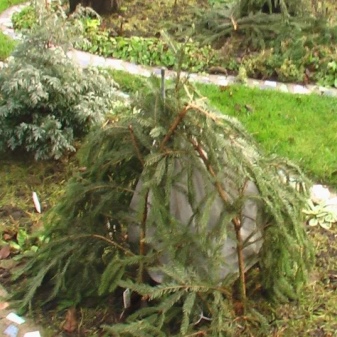

- Pruning. In order for the tree to grow in breadth and not much upward, it is recommended to cut the tops. Be sure to apply a special lubricant to the saw cut. Sick and dry branches are pruned in April. Decorative pruning is carried out in June.

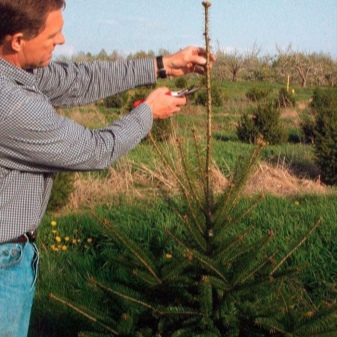
- Protection from pests. This spruce can be affected by sawflies, weevils, spruce leaf rollers, and rust of needles. Regular preventive spraying using insecticides and fungicides should be carried out. Do not forget to irrigate the ground around the tree as well.
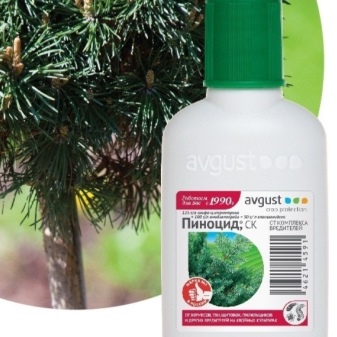
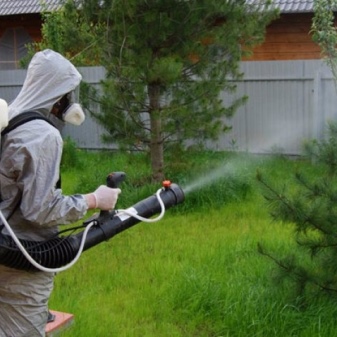
Landing in the soil
Buy and plant seedlings of "Isel Fastigiata" should be in the spring, this will help the tree to take root well before winter and endure frosts. At the bottom of the planting pit, about 70 cm deep, it is necessary to lay drainage from fragments of brick or sand.
Remember that the root collar should always be at ground level.
At the end of the process, 50 liters of water are poured under the seedling, 100 g of nitroammofoska and "Kornevin" (10 g per 10 liters of water) are added. If you are planting spruce in a group, then observe the interval between seedlings of 3 m.

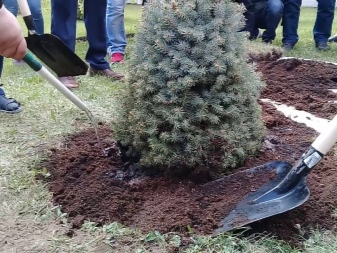
Growing methods
There are two well-known ways to propagate spruce trees.
Seed planting
For this painstaking process, purchased or harvested seeds are suitable, which must be kept in a weak solution of potassium permanganate. They are planted in a special mixture of peat and limestone flour with the addition of nitroammophoska (20 g per 5 kg of peat). In March, the container with seeds should be placed in a warm place and the soil should be gently loosened regularly. The sprouts that appear are treated with a weak solution of insecticides.
In May, they are planted in the ground, covering the seedlings with cut plastic bottles - the greenhouse effect will help them take root quickly. Air the plantings every day, and after a week, remove the bottles.
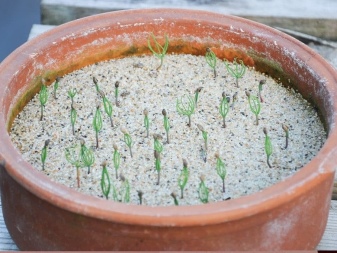
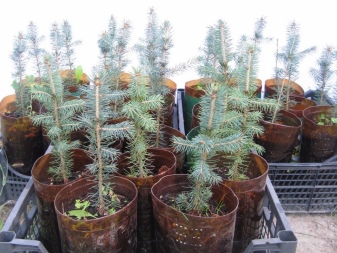
Cuttings
With this simpler method of cultivating spruce, a 13-20 cm long stalk must be cut in spring or autumn from the upper branches of the tree. Better if it is a one-year shoot from an adult spruce. It must be treated with a weak solution of potassium permanganate and planted at an angle of 30 degrees to a depth of 4-5 cm in a prepared pit, which contains drainage, nutrient soil and sand. Cover for 7-10 days with plastic wrap. In summer, cuttings should be watered and shaded, closer to autumn, remove protection from the sun.
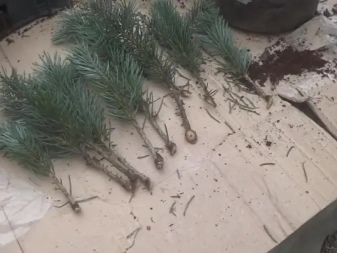
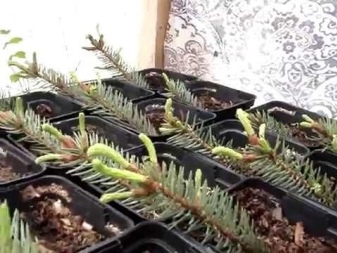
Use in landscape design
Due to its exceptional decorativeness, Isel Fastigiata looks great on private plots both as a free-standing tree and as a hedge. Spruce looks spectacular in tree and shrub groups, heather gardens, rockeries. Often used for landscaping city yards, school grounds, playgrounds. She often decorates parks and alleys. Planted next to flowering plants, in addition to the aesthetic function, it protects the flower beds from gusts of wind.
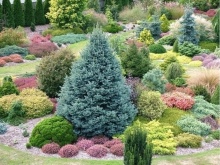
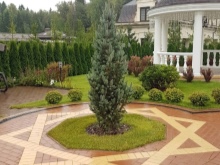
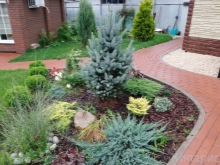
The prickly spruce "Isel Fastigiata" due to the beautiful color of the needles and the conical shape looks perfect on any site. It is not afraid of smoke and soot, it cleans the air space well from toxins and microbes, it is easy to care for it. In addition, the aroma from the resin of this beautiful tree has a beneficial effect on the entire human body.
Review of Isel Fastigiata spruce in the video below.



































































The comment was sent successfully.